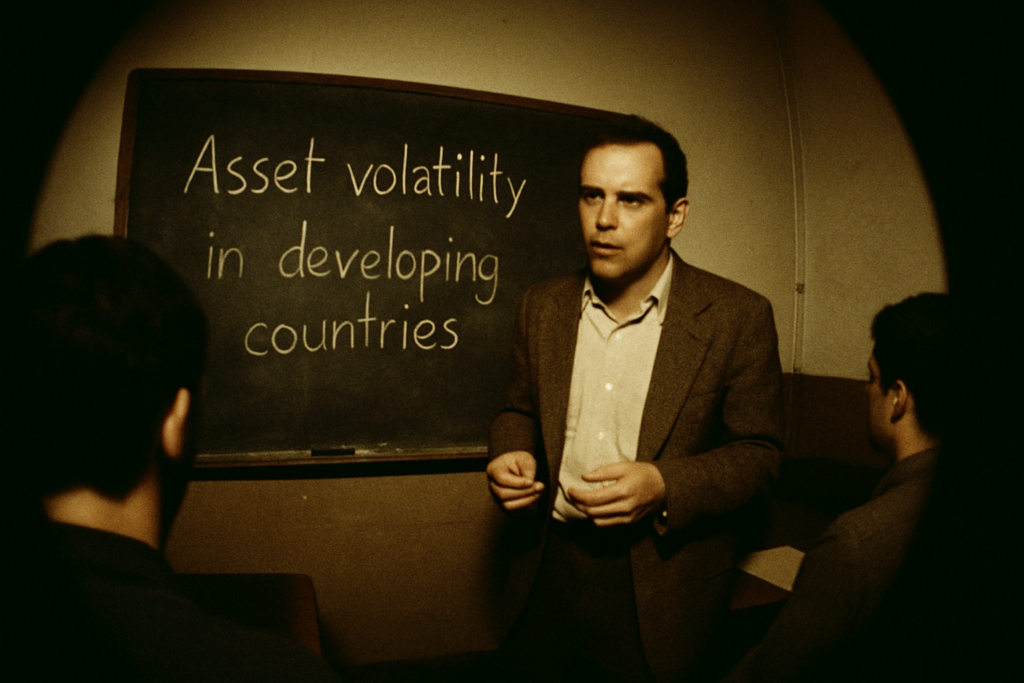Understanding Risk Vs. Reward
In retirement planning, grasping the concept of risk versus reward is essential. Investments with higher rewards often come with increased risk. For instance, stocks might offer high returns but carry the possibility of significant losses. On the other hand, bonds may provide more stability but with lower returns. It’s crucial to evaluate the risk level in relation to short and long-term retirement goals.
Risk tolerance plays a key role. Some may feel comfortable taking high risks in search of better rewards, while others prefer a more conservative approach. It’s important to assess personal financial situations, age, and retirement timeline to gauge risk tolerance. Diversification across asset classes can help manage risk, spreading investments to reduce potential losses.
Rewards should not distract from the importance of secure planning. An enticing high return can overshadow potential risks, leading to unexpected setbacks. By weighing risks and rewards thoughtfully, I can create a well-balanced retirement plan that aligns with my financial objectives and comfort with risk.
Types Of Risks In Retirement Planning
Balancing risks and rewards is essential in planning for retirement. Recognizing the different types of risks helps me make informed decisions for a secure future.
- Market Risk
Stock and bond prices can fluctuate significantly. Market risk impacts my investments due to economic changes or political events. A diversified portfolio reduces this risk by distributing investments across various asset classes.
- Longevity Risk
Outliving savings is a real concern. Longevity risk means my retirement funds may deplete if I live longer than expected. Planning involves estimating life expectancy, considering health trends, and exploring options like annuities for sustained income.
- Inflation Risk
Inflation erodes purchasing power over time. Inflation risk affects me when the cost of living increases faster than my retirement income. To counter this, I consider investments that historically outpace inflation, such as stocks.
Evaluating Potential Rewards
Balancing risks can lead to attractive rewards in retirement planning. Understanding how growth opportunities and diversification can enhance financial security is crucial.
Growth Opportunities
Growth investments, such as stocks, have the potential to significantly increase wealth over time. Their historical returns average around 7% annually, according to the U.S. Securities and Exchange Commission. These gains can help counteract inflation and augment long-term savings. While some volatility exists, reinvesting dividends and holding stocks for an extended period often maximizes benefits. By considering individual risk tolerance, an investor can tailor a portfolio to capitalize on market upswings.
Diversification Benefits
Diversification mitigates risk by spreading investments across different asset classes, such as stocks, bonds, and real estate. This approach reduces the impact of a poor-performing asset on the overall portfolio. According to financial experts at Vanguard, a well-diversified portfolio can stabilize returns during market downturns. It’s advisable to assess not only the characteristics of asset classes but also scale the allocation based on retirement timeline and financial objectives. Diversification, when properly executed, strategically balances the rewards of high-performing investments with the safety of secure assets.
Strategies To Balance Risk And Reward

Balancing risk and reward involves carefully planned strategies in retirement planning. These strategies focus on controlling exposure to market fluctuations while providing opportunities for growth.
Asset Allocation
Asset allocation is the distribution of investments among different asset classes such as stocks, bonds, and cash equivalents. I determine the suitable mix by assessing risk tolerance, investment goals, and retirement timelines. Stocks often offer higher returns for higher risk, while bonds provide more stability and regular income. Rebalancing the portfolio periodically ensures that the distribution remains aligned with the desired risk levels as market conditions change.
Diversified Investments
Diversification involves spreading investments across various sectors, industries, and geographies. I aim to minimize potential losses by not relying on a single investment or asset class. For example, combining domestic and international stocks with bonds and real estate can reduce the impact of market volatility. Additionally, incorporating alternative investments, such as real estate investment trusts (REITs), may offer further stability and income diversification. A diversified approach helps manage risk by offsetting poor performance in a single area with gains in others.
Common Mistakes To Avoid
Avoiding common mistakes in retirement planning enhances financial security and aligns risk with reward. Here are key pitfalls to watch out for:
- Ignoring Risk Tolerance
Overestimating risk tolerance jeopardizes financial goals. Consider personal comfort with volatility and financial capacity to absorb losses when selecting investments. Adjust plans according to changing circumstances. - Lack of Diversification
Failing to diversify investments exposes portfolios to unnecessary risks. Allocate assets across stocks, bonds, and real estate to mitigate market fluctuations. Align diversification strategy with retirement timeline and objectives. - Neglecting Inflation Impact
Underestimating inflation’s effects erodes purchasing power. Invest in options like stocks that historically outpace inflation to protect long-term savings. Consider inflation-protected securities for added security. - Overreliance on Growth Assets
Relying heavily on stocks in search of high returns increases exposure to severe downturns. Balance growth-driven assets with bonds and other stable investments to safeguard against market volatility. - Skipping Periodic Portfolio Reviews
Failing to review and adjust portfolios leads to misalignment with goals and risk profiles. Reevaluate asset allocations regularly, especially following significant life events or market changes, to maintain optimal balance. - Underestimating Longevity Risk
Not planning for longer life expectancies results in potential fund depletion. Incorporate annuities or similar income sources for steady payouts, ensuring that savings last throughout retirement. - Inadequate Emergency Fund
Neglecting to maintain a sufficient cash reserve for unexpected expenses forces asset liquidation during market dips. Keep an adequate emergency fund separate from retirement accounts for better financial stability.



